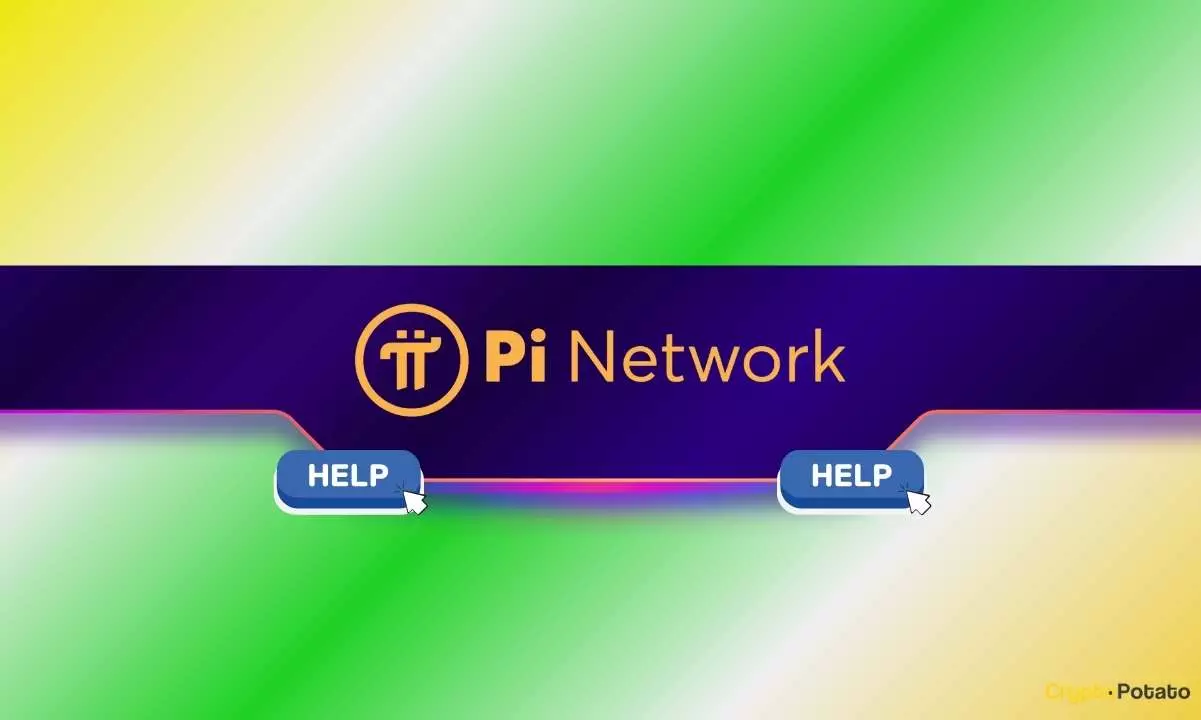The Pi Network, a cryptocurrency initiative that has garnered significant attention since its inception nearly six years ago, continues to evolve amidst both fervent community support and persistent scrutiny. As it stands at the crossroads of user verification issues and a quest for mainstream acceptance, it’s essential to analyze the ongoing developments within the project to understand its future trajectory and the implications for its user base.
A central pillar of the Pi Network’s growth strategy is the Know-Your-Customer (KYC) verification process, which aims to validate user identities before they can fully engage with the platform. In an attempt to streamline this process, Pi Network has recently implemented measures allowing users to appeal name mismatches and make minor corrections to their phone numbers. This initiative serves two purposes: it addresses user grievances regarding the KYC application rejections and reinforces the project’s commitment to creating an inclusive environment for its members.
The introduction of the Grace Period, initially set to conclude on January 31 and now extended to February 28, signifies the network’s adaptation to user needs. With over 100 million downloads recorded, primarily from countries like South Korea, India, and Vietnam, the platform is under pressure to ensure that its verification process does not alienate its rapidly growing user base. The ability for users to adjust their account names to match the KYC name—albeit with a penalty of forfeiting part of their mobile balance—highlights the project’s attempt to balance user flexibility with the integrity of the verification process.
Despite the promise of the Pi Network, its journey has not been without obstacles. The frequency of deadline extensions and the accompanying frustrations have raised questions about the overall project efficacy and future. While the team has issued guidance for users struggling with the KYC process—including directing them to dedicated support channels like Telegram—the experience for many remains convoluted.
Moreover, the inherent delays in launching the native token and transitioning to the open mainnet have been major sticking points for users eager to see tangible results from their engagement with the network. As the project nears its milestone of 15 million KYC-approved users necessary for mainnet migration, the pressure mounts to deliver on the promises made to the community.
On a brighter note, the community aspect of the Pi Network continues to thrive, with vibrant gatherings and events indicating a strong local presence, particularly in Asian markets. For example, recent events in India showcased passionate supporters actively discussing the platform’s potential and cultivating a sense of belonging among users.
The rise of the Pi Network user base in South Korea, reported to surpass 1.3 million, is particularly telling. It underscores a successful grassroots movement that has managed to engage individuals far beyond the typical cryptocurrency enthusiast demographic, including those who may not have previously had any exposure to digital currencies. Furthermore, the network’s impressive social media following of over 3.6 million on platforms like X reflects a strong community willing to engage and advocate for the network.
While Pi Network faces criticism over its KYC procedures and delays in launching its native token, the potential for growth remains substantial. The community’s unwavering support demonstrates that the foundation for success is indeed present. Users are clearly eager to overcome existing challenges in hopes of achieving mainstream acceptance and benefiting from the promised rewards.
For Pi Network, the road ahead will require a careful balance between maintaining user trust and enhancing the functionality of its platform. By prioritizing user experiences and ensuring that the KYC process becomes as user-friendly as possible, the project can capitalize on its existing momentum. Moreover, as pressure to launch their native token increases, it is imperative for the team to establish a transparent timeline, fostering confidence among its users.
Pi Network’s journey is emblematic of the complexities faced by emerging cryptocurrency projects. By continuously adapting to user feedback and fostering a robust community, it may very well navigate the rocky terrain ahead, transforming challenges into milestones for future success.

